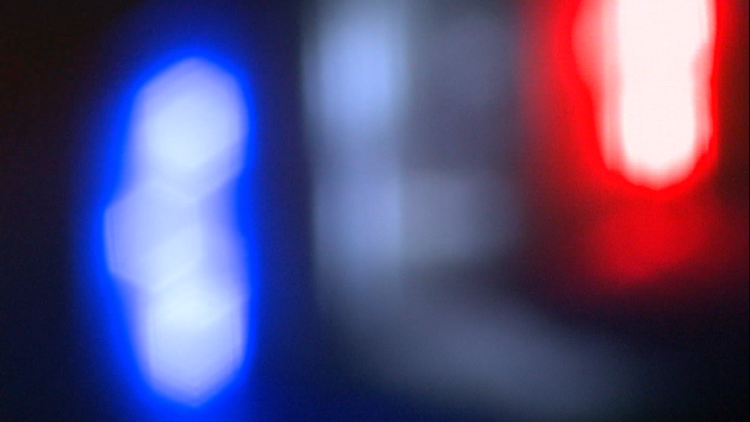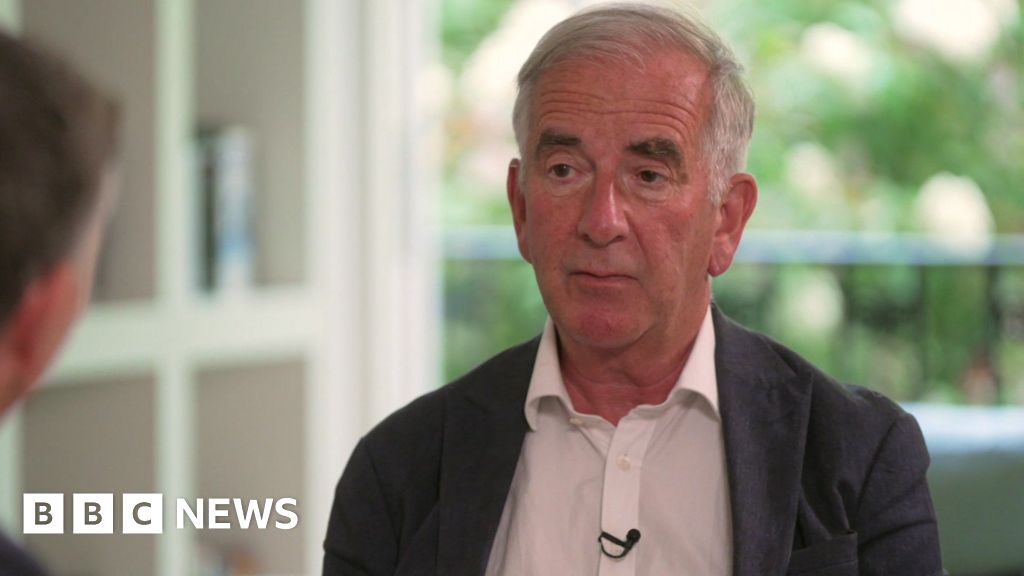Paper — fragile yet resilient; paper — crumpled, dog-eared, moth-eaten; paper as a medium of artistic expression. If 18th century European explorer-artists visiting India created vivid records of the time on paper, by the 20th century, it had become an intimate expression of artists’ experimentation in modernism. Delhi-based Great Banyan Art recently brought together this long and colourful journey at ‘Paper Alchemy’, a selection of around 100 works from its collection, highlighting the versatility of paper.
From rare Oriental aquatints by Thomas and William Daniell, James Prinsep and William Hodges to modernists like MF Husain, FN Souza, HA Gade, Ramkinkar Baij, Shyamal Dutta Ray, Ganesh Haloi, and Avinash Chandra, the exhibition bridged historical traditions with contemporary voices such as Atul Dodiya, Anju Dodiya, Jagannath Panda, Rameshwar Broota and Anupam Sud, among others.Curator Sonali Batra says the idea was to highlight paper’s ability to preserve stories, evoke memories, and serve as a powerful medium for artistic exploration. “There’s something incredibly intimate and versatile about the medium.

It absorbs every mark and gesture in a way that feels immediate and honest,” she says, adding that the show brings out paper not just as a surface, but as a material with its own story — one that has shaped Indian art for centuries.‘The Chalees Satoon in the Fort of Allahabad on the River Jumna’ (From Oriental Scenery) by Thomas and William Daniell, Aquatint.Imperial expansion in the late 18th and early 19th centuries beckoned European artist-travellers to India.
Among them was Hodges, whose works are known to be an early record of local architecture. There are views from a mosque, a farmyard in Bengal..
. Works by the uncle-nephew Daniell duo blend documentary precision with artistic vision, throwing light on the grandeur of Mughal architecture as well as the growing influence of the British. From Emily Eden’s anthropological observations to James Prinseps’ lithographs bringing out the vulnerability of his subjects, these early visual documents of a fast-changing land are sharp yet delicate.
A selection of works by pioneering artists such as Mukul Dey, Ramkinkar Baij and Abanindranath Tagore traces the rise of the Bengal school of art. These works blend western techniques and Indian sensibilities, recreating the everyday in modern idiom. Prod Batra, and she admits that this would also be the richest era for her.
“There’s something deeply emotional about that period. These works were created at a time when India was grappling with colonial rule and nationalism was gaining momentum. Artists were not just making art, they were holding onto cultural memory, reclaiming identity, and redefining what Indian art could be.
You can feel the quiet strength and introspection in those works.”Among the Bombay progressives, Husain’s oil and watercolours are at once intimate and spontaneous. The exhibition catalogue details on how Souza “experimented with chemical alterations, using solvents to disrupt ink without destroying the paper”, expanding the “boundaries of drawing and printmaking”.
Batra says that as the curation unfolded, it grew into a broader reflection on the history and evolution of Indian art. “What fascinates me most is the paradox that paper holds — it’s fragile, yet it endures. It carries the weight of memory, yet also the urgency of expression.
That duality became central to ‘Paper Alchemy’. I wanted to create an exhibition where vulnerability and strength coexist, and where lived experiences are transformed into lasting visual narratives.”Even as the works date back centuries, they are in a good condition, a testimony to the way they had been carefully stored, handled, and framed over the years.
What makes the exhibition interesting is not just the range it encapsulates, but also the experimentation that paper invites. “Its surface responds instantly to touch, making it ideal for spontaneity, layering, and mixed media. Artists have used everything from ink, tempera, and watercolour to collage and printmaking.
Because it’s so versatile and responsive, paper becomes a space where artists can take risks, explore new techniques, or delve into more personal, intimate ideas. In many ways, what might seem like limitations often spark the most creative and meaningful breakthroughs,” says Batra.‘The Gathering’ by Avinash Chandra, 1961, Watercolour on Paper.
Among the contemporary artists, Anupam Sud makes the best use of paper. “Her command over the technique of etching is extraordinary. She’s truly a master of the process.
One work in particular, ‘Dining with Ego’, stands out as one of the most powerful pieces I’ve ever seen. The technical finesse, the layered symbolism, and the way she uses paper to hold such emotional and psychological weight — it’s remarkable,” Batra says.The artistic trail that these works on paper have etched over the last three centuries is an exhilarating journey into a rich history, as told through a rich medium.
.
Entertainment

Versatility on paper, across three centuries
Paper — fragile yet resilient; paper — crumpled, dog-eared, moth-eaten; paper as a medium of artistic expression. If 18th century European explorer-artists visiting India created vivid records of the time on paper, by the 20th century, it had become an intimate expression of artists’ experimentation in modernism. Delhi-based Great Banyan Art recently brought together this [...]















